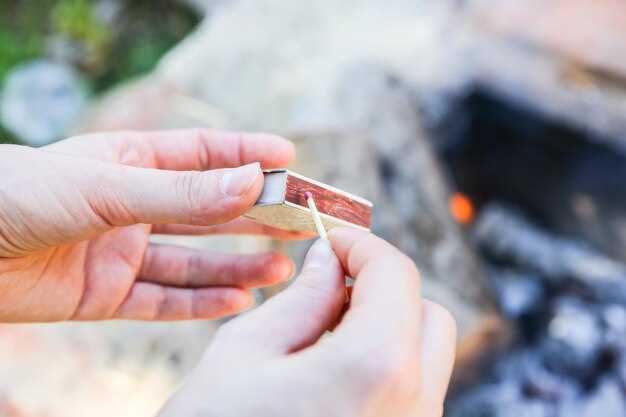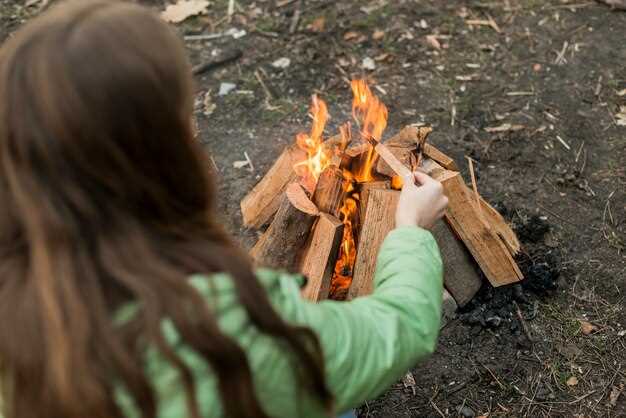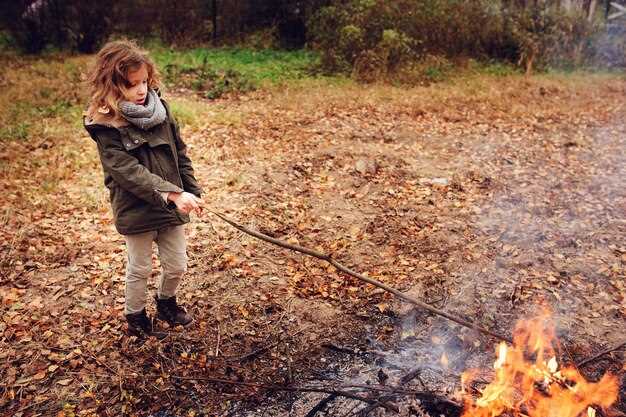
In the wilderness, the ability to create fire is not just a survival skill; it’s often a crucial factor for warmth, cooking, and safety. Understanding the various fire starter techniques available to you can enhance your confidence and preparedness in outdoor situations. This article explores practical methods to ignite a flame without the conventional use of matches.
Using alternate techniques to generate fire requires more than just a few tools; it necessitates a basic understanding of the principles of fire itself. The key to a successful fire-making experience lies in your preparation and the materials at your disposal. By honing these skills, you can adapt to any environment and use simple resources, proving that the art of fire creation is within everyone’s reach.
From traditional approaches like friction-based methods to innovative uses of everyday items, the journey to mastering fire-starting techniques involves both patience and practice. By learning these essential methods, you’ll not only expand your survival toolkit but also deepen your appreciation for this elemental force that has shaped human civilization.
Using Friction: Techniques for Creating Ember

Friction-based fire-starting techniques date back to primitive times when early humans relied on natural materials to ignite fire. These methods utilize the heat generated by rubbing two materials together, eventually producing an ember that can be transferred to tinder. This section outlines effective techniques for creating ember using friction.
Two common methods for friction fire-starting are:
- Hand Drill:
- Materials: A straight, dry spindle and a softwood fireboard.
- Technique: Place the spindle vertically on the fireboard and rotate it between your hands, applying downward pressure. The goal is to create friction at the base of the spindle until an ember forms.
- Bow Drill:
- Materials: A bow (flexible stick with string), spindle, fireboard, and a socket (to hold the spindle in place).
- Technique: Wrap the string around the spindle and use the bow to rotate it against the fireboard. This method provides faster rotation and more consistent pressure, resulting in heat buildup and ember creation.
Regardless of the technique selected, consider the following tips to increase the chances of success:
- Choose dry, cured wood for both the spindle and fireboard.
- Ensure the surfaces are smooth for easier friction generation.
- Maintain consistent pressure while rotating the spindle.
- Prepare a nest of dry tinder, such as birch bark or dry grass, to catch the ember once it’s formed.
Mastering friction techniques requires practice and patience. With determination, anyone can become proficient in using these primitive fire starters to create life-sustaining fire.
Natural Fire Starters: Identifying and Utilizing Materials
Successful fire starting without matches relies heavily on your skills in identifying natural materials that can act as effective fire starters. The key is to understand the properties of various substances found in nature that can ignite and sustain flames.
Dry Leaves and Bark: One of the most common natural fire starters is dry leaves and bark. These materials are lightweight and catch fire easily when exposed to a spark. Use thin layers of dry bark or crumbled leaves as your initial starter, ensuring they are completely dry for the best results.
Tinder Fungus: Known as chaga or birch fungus, this natural fire starter has a high cellulose content, making it highly flammable. Locate this fungus growing on trees, collect it, and prepare small shavings. When ignited, it can smolder for an extended period, allowing you to add larger kindling to your primitive fire.
Fatwood: Harvested from the heartwood of pine trees, fatwood is known for its high resin content, which creates a powerful starter. When cut into manageable pieces, fatwood ignites quickly and burns longer than traditional kindling, making it an excellent choice for building a fire from scratch.
Tree Cones and Nuts: Certain cones and nuts, particularly from resinous trees, contain natural oils that can work effectively as fire starters. The oils found in these materials ignite easily and can be used in combination with finer tinder to enhance your chances of success.
Bone and Antler: In survival situations, utilizing bone or antler can also serve as an alternative fire starter. Carve small shavings off the surface to expose the inner marrow, which is rich in fat. When ignited, these shavings produce a steady flame, especially when paired with other natural materials.
Incorporating these natural fire starters not only bolsters your ability to create a flame but also deepens your connection to primitive skills. Mastering the selection and management of these materials ensures a reliable method for fire creation in the wild.
Alternative Tools: Fire Initiation with Common Objects

Starting a fire without matches can be achieved using various common objects and primitive techniques. These methods require some skills and creativity, leveraging everyday items to serve as effective fire starters.
One of the simplest approaches is utilizing a battery and steel wool. By connecting the terminals of a battery to the steel wool, the current will ignite the fine strands, creating a flame. This method is both reliable and an excellent way to practice fire-starting skills in a controlled environment.
An alternative tool is a magnifying glass. By focusing sunlight onto dry tinder, the concentrated beam of light generates enough heat to ignite the material. This technique emphasizes the importance of selecting suitable tinder and fine-tuning your aim, which is a crucial skill in fire initiation.
Another primitive option is using a bow drill. This ancient technique involves creating friction by rubbing a wooden spindle against a fireboard. The bow creates a rapid, controlled motion, and as you apply pressure, the friction produces heat and eventually an ember. Mastering this method requires patience and practice but can be a rewarding way to connect with traditional survival skills.
Additionally, using stones to create sparks can effectively start a fire. Striking a steel object with flint or quartz produces tiny sparks that can ignite tinder if positioned correctly. This technique showcases the versatility of common items found in nature, allowing for fire initiation with minimal resources.
Finally, a simple plastic bag filled with water can act as a lens to focus sunlight onto tinder. When angled properly, the water in the bag can concentrate light into a small point that generates enough heat to start a fire. This unconventional method illustrates the importance of innovation and resourcefulness in wilderness settings.

